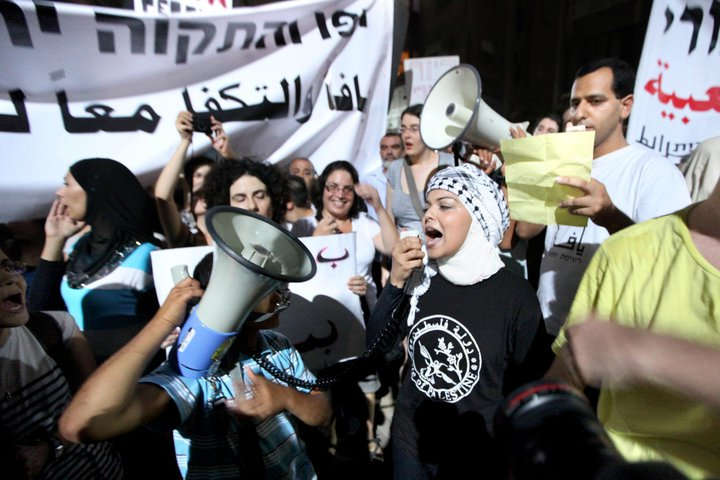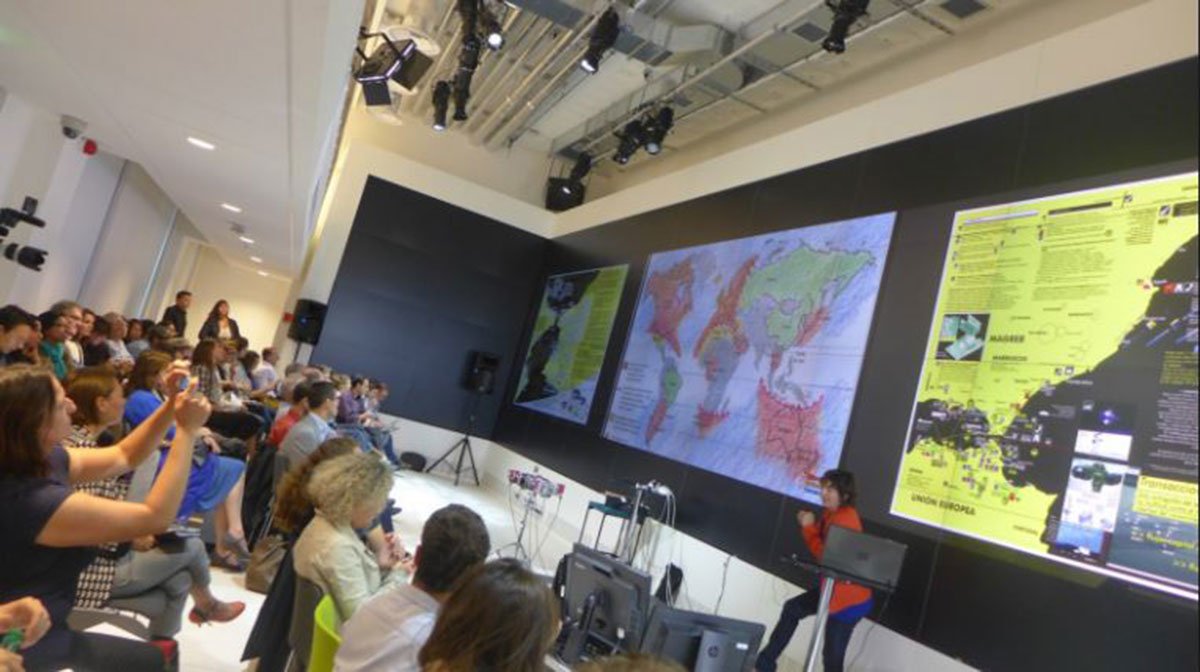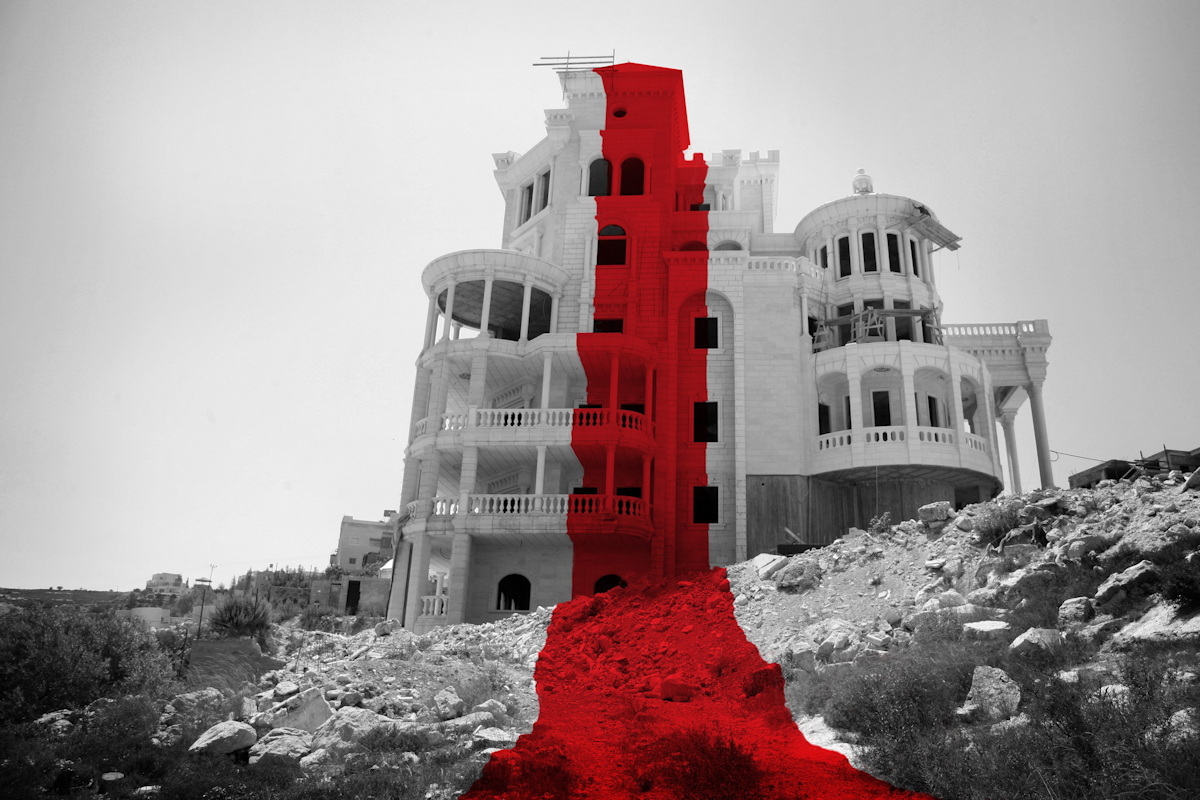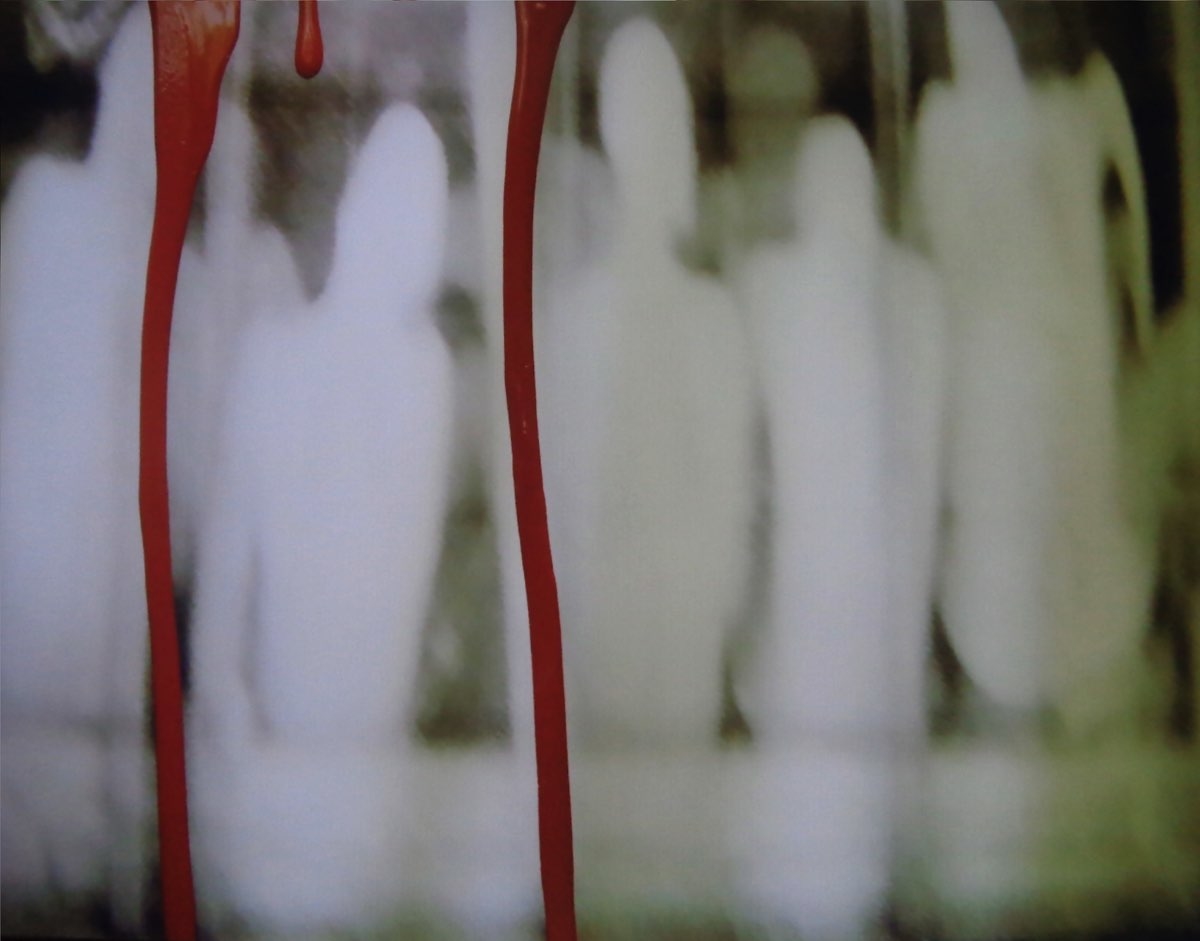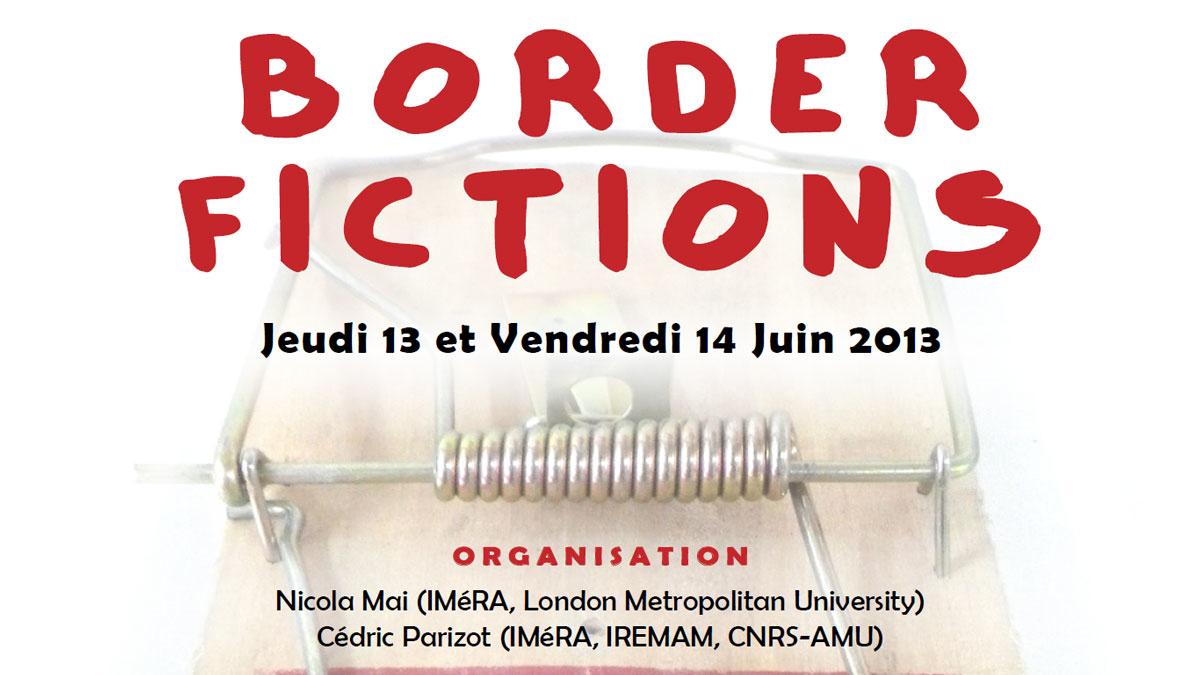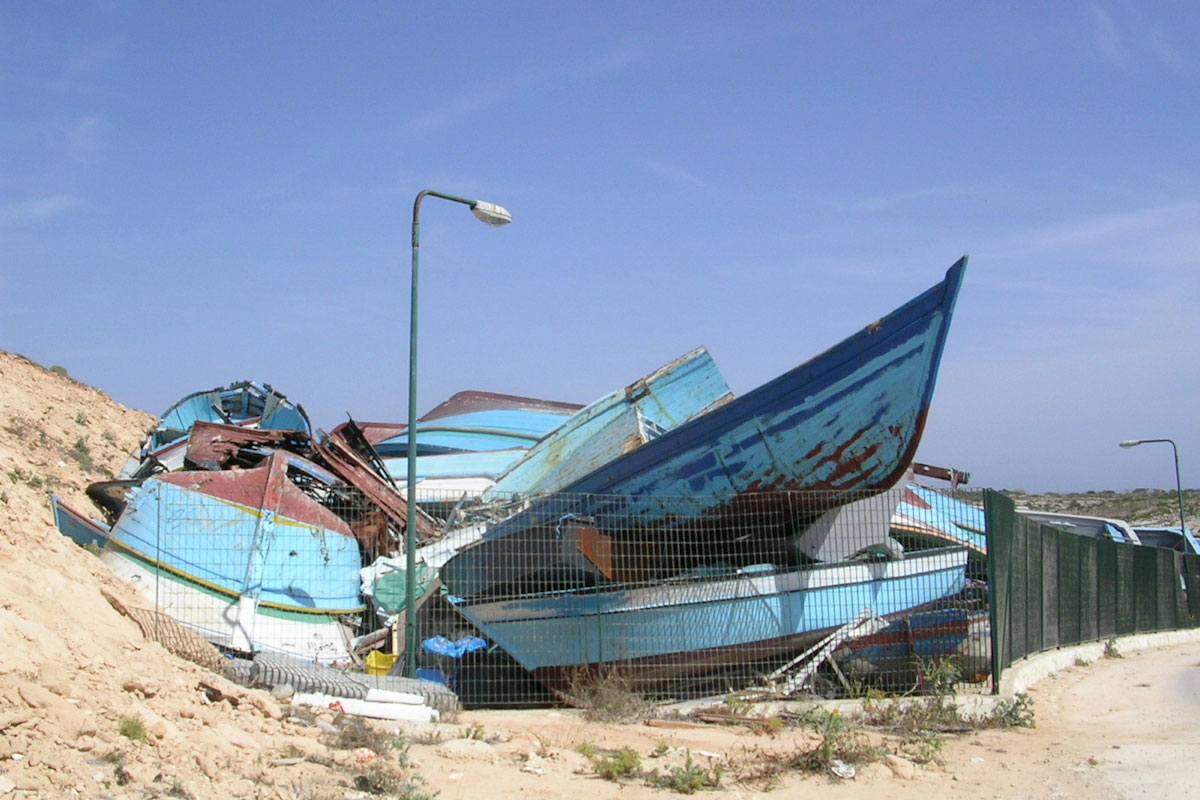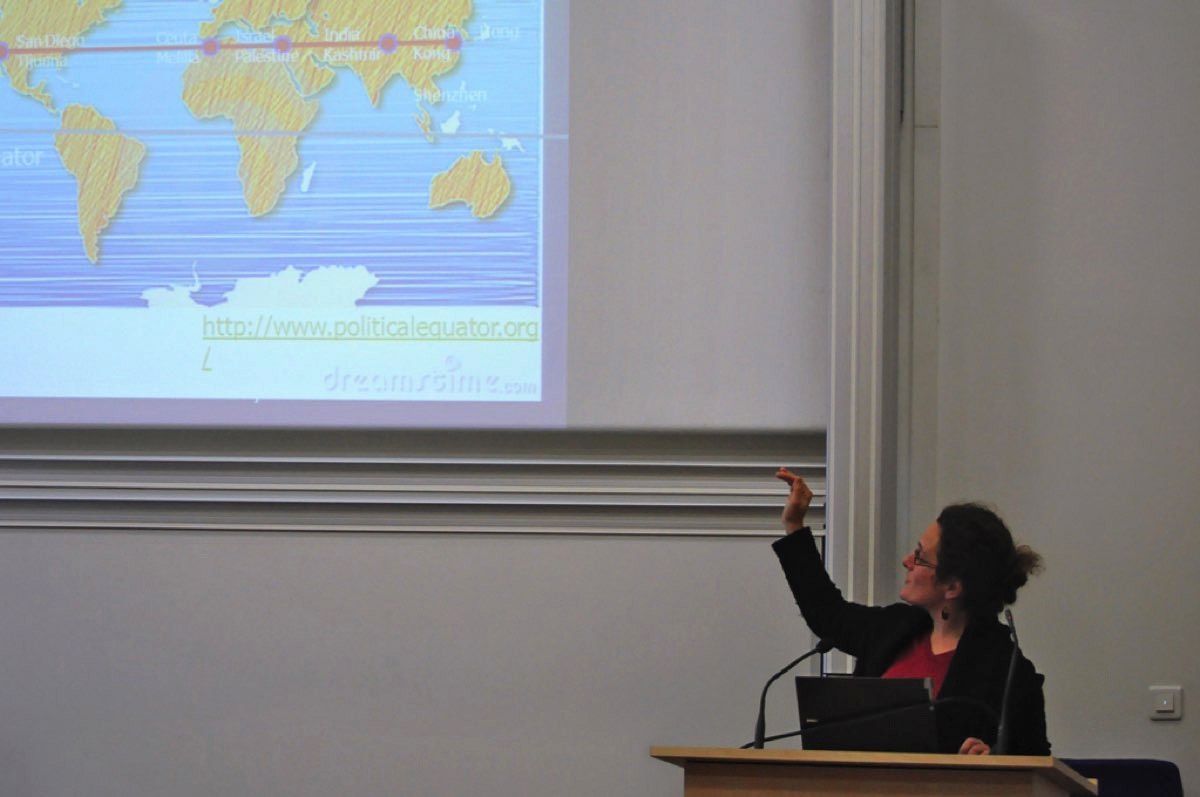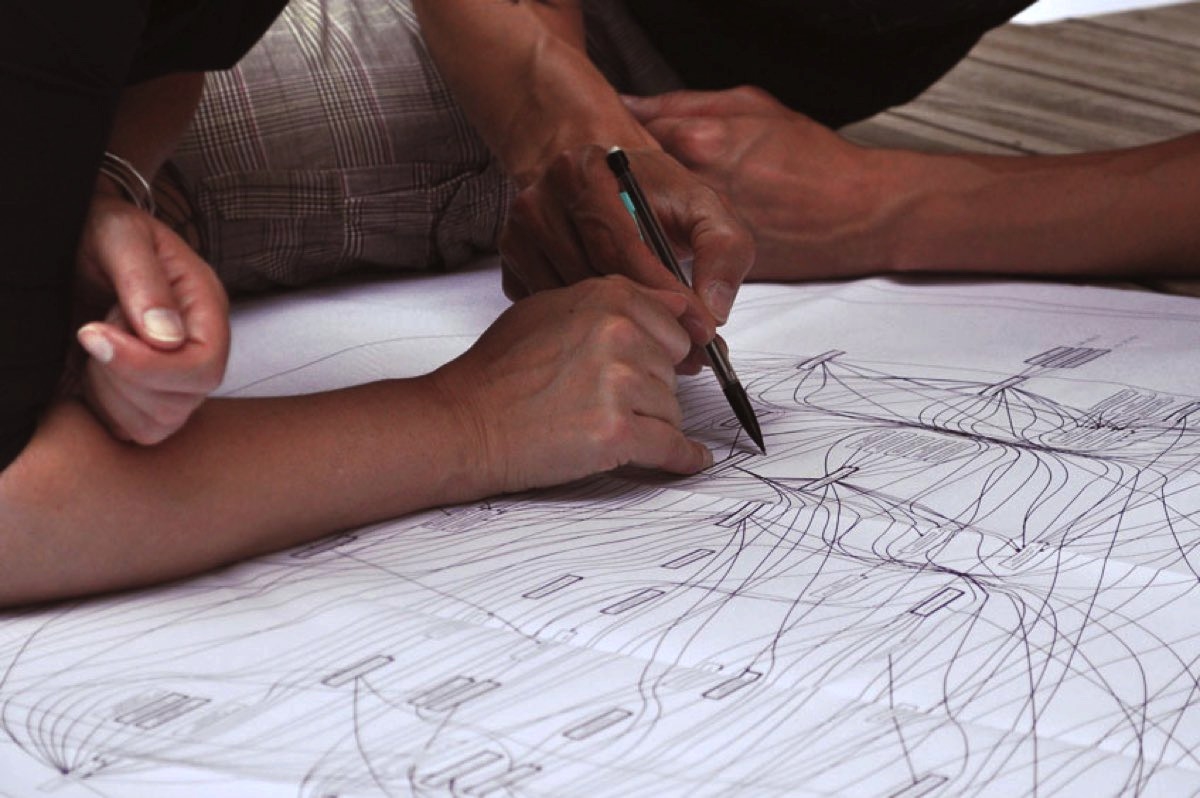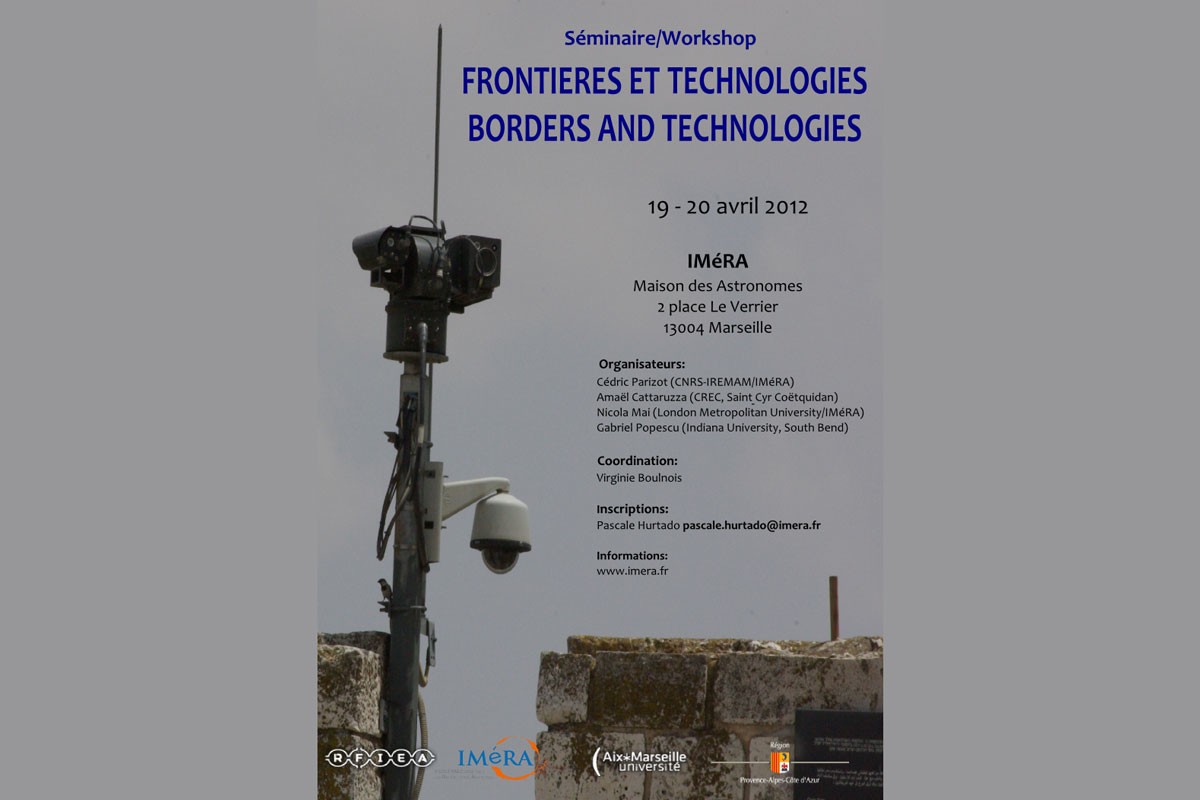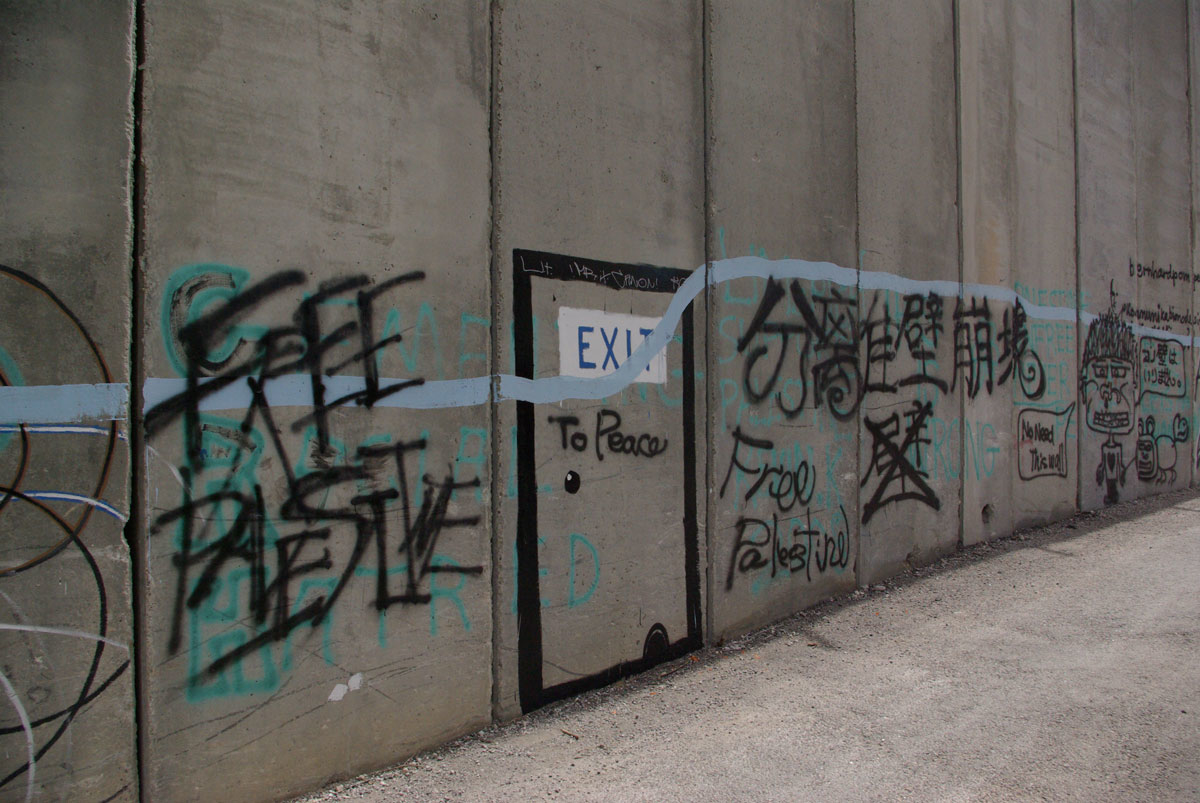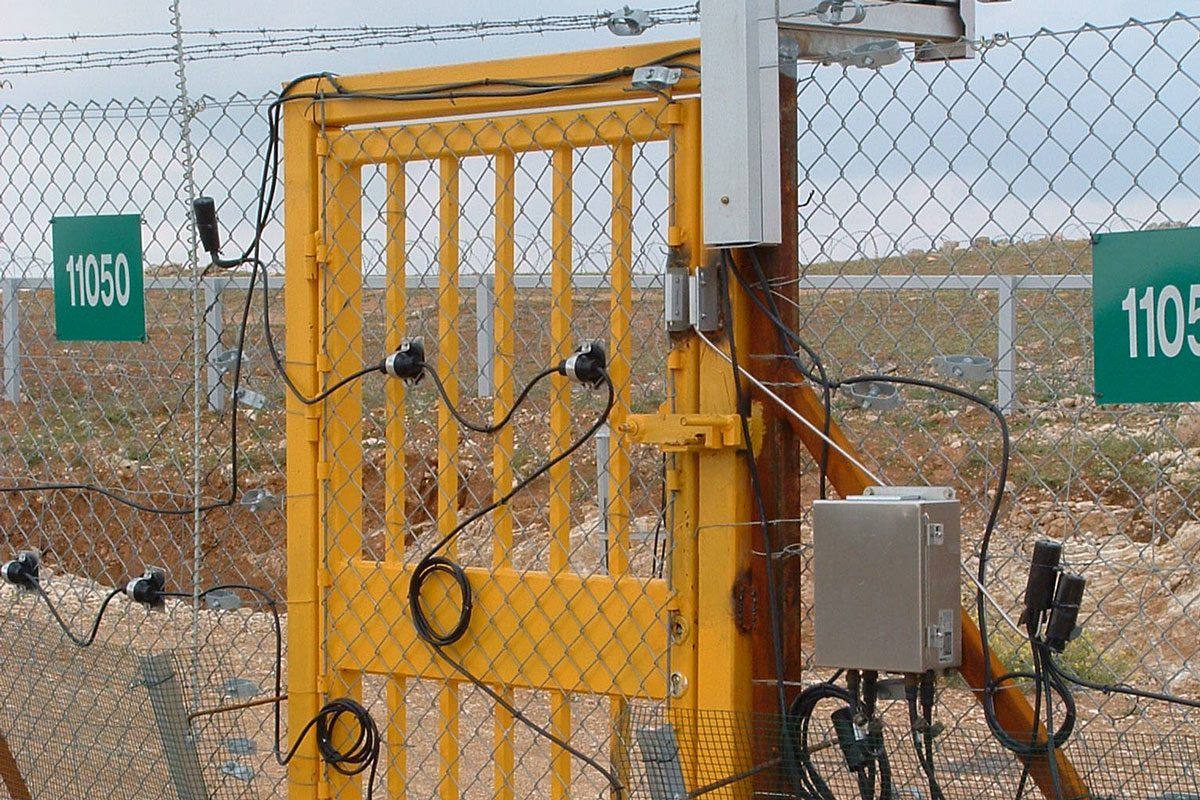June 6-8, 2012
Maison des astronomes
IMéRA
2, place Le Verrier
13004 Marseille
The aim of this seminar is to discuss the difficulties, modalities, or impossibilities by which we can represent borders in their complexity (breaking up, flexibility, punctiform, virtual, etc.), asymmetrical experience, and the new modes of circumvention invented by mobile populations.
Nick Mai
Presentation of Emborders: problematizing sexual humanitarianism through experimental filmmaking
Heath Bunting
Build a new identity workshop
Mapping border and transgressions
Olivier Denert (Secrétaire Général de la Mission Opérationnelle Transfrontalière)
Cartography of borderlands : presentation of the Transfrontier Operational Mission (TOM) Atlas (context, method, consequences and uses)
Aurélie Arnaud & Michel Chiappero (Institut d’Urbanisme et d’Aménagement Régional, AMU, laboratoire LIEU, Marseille)
The cartography of complex objects: the border
Ron Terrada (Artiste, Canada)
See Other Side of Sign
Towards a non representational approach of borders
Anne-Laure Amilhat Szary (PACTE, Université Joseph Fournier, Grenoble)
Embodying the border : for a non-representational approach to borders
Cédric Parizot (IMéRA/CNRS-IREMAM) et Ariel Handel (Tel Aviv University)
Indexing uncertain spaces : West Bank Palestinians facing Israeli systems of control (2005-2010)
Jérôme Epsztein (INMED-INSERM U901)
Neuronal networks to represent space and its borders
Staging the border
Patrick Bernier et Olive Martin (Artistes, France)
Across the fields : a way of skipping school
Norma Iglesias Prieto (San Diego State University)
‘Transborderism’ and Social Imaginary in the U.S.-Mexican Border from antiAtlas of Borders
Atelier LIMO (Simon Brunel & Nicolas Pannetier, collectif d’artistes-architectes et cinéastes, Berlin).
« Border Speaking » : from the abstract notion to the space of the project
Round-table : transgressing border research
What first conclusions for the renewal of border analysis can be drawn from this first year of methodological dialogues between sciences, technologies, representations and art
The panelists will summarize and discuss the outcomes of the workshops that were previously held in the context of the ‘Borders in the 21st Century’ transdisciplinary project. These workshops address strategic issues such as the role of networks, technology and dynamics of materialization / dematerialization in the transformation and representation of borders in contemporary times. Altogether, the project shows that formal and experimental scientific and artistic theories, models and techniques provide useful conceptualization tools that can productively be intersected with social science analyses. These innovative conceptualizations were presented to people involved in the control and management of borders (customs authorities, government officials, security industrials or military representatives) and were recognized as useful tool to discuss the practical, social, political and ethical implications of the different forms of contemporary border transformations examined in the context of the project. They constitute important steps toward the publication of an Anti-Atlas of Borders at the Turn of the 21st Century, an initiative that will showcase the outcomes of the ‘Borders in the 21st Century’ transdisciplinary project through an innovative art/science platform, including a book, an interactive website and an exhibition.
Abstracts
Nicola Mai (Anthropologist, IMéRA/London Metropolitan University)
Emborders: problematizing sexual humanitarianism through experimental filmmaking
The contemporary increase and diversification of migration flows on a global scale coincides with the onset of humanitarian forms of governance. These contain and manage ‘undesirable’ migrants that are strategically constructed as vulnerable. Because of the increasingly restrictive policies framing global migrations, the granting of asylum and the social protection of vulnerable migrant groups have become new embodied borders between the West and the Rest of the world. Fundamental rights are allocated on the basis of the performance of ‘true’ victimhood repertoires, reproducing the suffering body of the migrant as a strategic tool to elicit compassion and solidarity. Within the humanitarian governance of migration, gender and sexuality have become strategic narrative repertoires through which racialised hierarchies of belonging and barriers to mobility are reinforced. The focus on the sexual dimension to construct and control specific groups of migrants as vulnerable through humanitarian interventions can be defined as ‘sexual humanitarianism’.
The Emborders filmmaking/research project problematizes the effectiveness and scope of sexual humanitarianism by comparing the experiences of two groups of migrants who are addressed as potential ‘target victims’: migrants working in the sex industry and sexual minority migrants. Both groups can be targeted by sexual humanitarianism as potentia victism of sex trafficking and sexual minorty refugees respectively. Emborders assembles the narratives of victimhood and emancipation they perform in the context of original research interviews. The filmmaking/research project draws on real stories and real people, which will be performed by actors to protect the identities of the original interviewees and reproduce the performance of their self-representations through interviews. Emborders is a scientific reconstruction of the life histories of migrants targeted by sexual humanitarianism. It is also an artistic reflection on the inherently fictional nature of any narration of the self. By using actors to reproduce real people and real life histories, the film project ultimately challenges what constitutes a credible and acceptable reality in scientific, filmic and humanitarian terms.
Emborders : problématiser l’humanitarisme sexuel par le cinéma expérimental
L’augmentation et la diversification contemporaines des flux migratoires à l’échelle mondiale coïncident avec l’apparition de formes de gouvernance humanitaire. Celles-ci gèrent des groupes de migrants «indésirables», qui sont stratégiquement construits comme vulnérables. Parce que des politiques plus restrictives encadrent les migrations mondiales, l’octroi de l’asile et la protection sociale des groupes de migrants vulnérables sont devenus de nouvelles frontières corporelles entre l’Occident et le reste du monde. Des droits fondamentaux sont attribués sur la base de la performance dans le répertoire de ‘vraie victime’, dans lequel la mise en scène du corps souffrant du migrant devient un outil stratégique pour susciter la compassion et la solidarité. Dans la gouvernance humanitaire globalisée des migrations, le genre et la sexualité sont devenus des répertoires narratifs stratégiques. A travers ces répertoires, les hiérarchies entre les origines ethniques et les classes sociales, ainsi que les barrières à la mobilité qui y sont associées, se trouvent renforcées. « L’humanitarisme sexuel » peut se définir comme l’accent mis sur la dimension sexuelle pour construire comme vulnérables et contrôler des groupes spécifiques de migrants par des interventions humanitaires.
Le projet de recherche/filmmaking Emborders problématise l’efficacité et les finalités de l’humanitarisme sexuel en comparant les expériences de deux groupes de migrants: ceux qui travaillent dans l’industrie du sexe et ceux qui appartiennent à des minorités sexuelles. Les deux groupes sont respectivement ciblés par l’humanitarisme sexuel comme victimes potentielles de traite et comme réfugiés sexuels. Emborders assemble les récits de victimisation et d’émancipation que les migrants des deux groupes produisent dans le cadre des interviews de recherche. Le projet présente de vraies histories de vie et de vraies personnes, qui seront jouées par des acteurs pour protéger l’identité des interviewés et pour reproduire la dimension performative qui caractérise leur autoreprésentation dans le contexte des interviews. Emborders est une mise en scène scientifique des histoires de vie des migrants ciblés par l’humanitarisme sexuel. Il est également une réflexion artistique sur la nature intrinsèquement fictionnelle de toute narration de soi. En utilisant des acteurs pour mettre en scène de vraies personnes et de vraies histoires de vie, le projet problématise ce qui constitue une réalité crédible et acceptable en termes scientifiques, filmiques et humanitaire.
Heath Bunting (Artist and activist, Bristol)
Build a new identity workshop
Heath Bunting will present the project Status, initiated in 2004, which offers a system for the digital production of identities. The project consists of a database containing more than 5,000 entries on the various elements of identification of a person. This system is available at irational.org. From the interconnection of all these data it produces maps representing networks and generating a social status.
All of our actions and movements are traced. To take a subscription to the library, a transit card or to make a purchases online, wec onstantly fill in forms where we allow anodyne data about us: name, address, credit card number, phone … By combining all available data about a person, it is possible to assign a social status. Status reveals how such constructions then influence our mobility within the social space online or offline.
Olivier Denert (Secrétaire Général de la Mission Opérationnelle Transfrontalière)
Cartography of borderlands : presentation of the Tranfrontier Operational Mission (TOM) Atlas (context, method, consequences and uses)
The TOM published its first cross-border map in 1999, which made visible for the first time cross-border workers flows between France and its neighbouring countries. An Atlas containing over a hundred plates was published in 2001, then extended and re-published in 2007, and its maps are since regularly updated. The presentation will show the innovative reach of such an approach, both on technical and political levels. It will also address the numerous technical difficulties that any crossborder data producer and conceiver meets in relation to both the statistical and cartographical dimensions. This kind of approach has remained without equivalent in France or in other European countries and we will discuss the different uses and impacts of such a tool on cross border knowledge.
Aurélie Arnaud & Michel Chiappero, IUAR (Institut d’Urbanisme et d’Aménagement Régional, AMU, laboratoire LIEU)
The cartography of complex objects: the border
Cartographic production has considerably evolved in the past years due to the advent of geovisualization. However, static maps remain a very valued communication tool to represent cross-border phenomenons, as witnessed by the World Atlases and the SciencePo-Paris cartography workshop productions. The latter however show a lack of reflection on the cartographic representation of the “border” object which is characterized by both an uncertain temporal dimension and a number of thematic features which are to be represented simultaneously, etc. The cartographic language edited by Bertin in 1967 remains valid, but a semiologic void limits its representation. Considering past investigation both on information organization and the research launched by the Hypercarte (Grasland et al, 2005) project on cross-border cartographic representation, we discuss the study of cross-border cartographic representations. Which themes / objects are treated on the maps? Which graphic representations are attributed to those objects? What kind of captions are attached to these maps? In order to answer our questions, we will first try to build generic object / class diagrams for two very distinct cross-border regions which differ by their geolocalization, their culture, politics and natural environment but nevertheless also offer some similitudes. Both cases cover international land and maritime scales : Central Andes (Chile-Peru-Bolivia-Argentina) and the Mediterranean. This scale is yet but little studied within this field. The aim of these diagrams it their use by cartographers and geomatic professionals undertaking borderland applications. Secondly, we will outline a critical state of the art review concerning cross-border objects, including recognized conceptual references and using graphic semiologic grids (Bertin, 1967 and Béguin et Pumain’s grid, 2000) as well as one “chorematic” grid (Brunet, 1986). The aim of this work is to orientate representation choices which can then be integrated within the diagrams. The final objective of this research is to open a discussion on a possible universal method of cross-border cartography.
Ron Terada (Artist, Canada)
See Other Side of Sign
As a visual artist, my primary material is language. Much of the language or text used in my work is found, familiar and perhaps overlooked; I treat language as a cultural readymade. Expanding on propositions raised through pop and conceptual art, my work has evolved from painting into printed matter, to the dissemination of pop music, and on to various forms of signage–both within the gallery structure and as interventions in the public sphere. The work not only operates within a field of consumption and circulation specific to the artworld, but also within a broader, yet complex, social and political field. For Re-imaging or Re-imagining Borders, my discussion will focus on my interest in signage, with a particular emphasis on two key works as it pertains to borders: Entering City of Vancouver (2002) and You Have Left the American Sector (2005), both large highway-type signs which seek to heighten the idea of a border and to suggest a symbolic change within the landscape.
Anne Laure Amilhat Szary (Géographe, PACTE, Université Joseph Fournier, Grenoble)
Embodying the border: for a non-representational approach to borders
Beyond the critical analysis of the gaze, in great part initiated by feminist geographers, it is the irruption of the body within landscape analysis which is at stake. It is the entire human body which, feeling and living its environment, makes landscape. Some landscape specialists have, more and more, integrated their paths and the sensations which this wandering arises : “When I look, I see with landscape” (Wylie 2007). One could therefore agree on attributing a more complex performative power to landscape than just saying that it imposes power. This approach, researched in the past ten years, has been recently qualified as “relational” landscape analysis (Crouch 2010). This term has the advantage of putting forward the interaction between the material and sensorial components of the environment, while getting around the issue of their representation, criticized for the distance it imposes. If those works rely on phenomenology, it is to discuss one of its important elements, the notion of representation itself, putting forward the fact that concept building from perception does not necessarily need to be mediated by representation.
Landscape illustrates this difficulty : both signifier and signified, it can only be grasped by bypassing semiologic analysis. My work is based on the link which contemporary visual artists build with borderlands, and follows a reasoning which Nigel Thrift (Thrift 2008) has characterized as a “non-representational theory”. Valorizing its practical value, such an approach could have had the inconvenient of almost totally erasing the possible esthetic finality of landscape. Artistic approaches allow us to enter into landscape through image analysis, without reducing one to the other. I offer to work on the image built by walled borders as well on its transformation by visual artists. Research about cultural production in and about borderlands open questions on the status of the image – icon – simulacrum within space – power relationships.
Cédric Parizot (Anthropologue, IMéRA/CNRS-IREMAM) et Ariel Handel (Géographe, Université de Tel Aviv)
Indexing uncertain spaces : West Bank Palestinians confronted to Israeli mechanisms of control (2005-2010)
Since the outburst of the second Intifada (2000), Israeli Authorities have introduced a great deal of uncertainty into daily Palestinians’ mobility within the West Bank and the Gaza Strip. Between 2000 and 2005, the multiplication of road obstacles and random controls, made it difficult to plan the time and the trajectory of a trip, as well as to project oneself into a cartographic representation of space. It also became difficult for a person to know when he/she is observed for the agents of control are hidden within watch towers or behind systems of cameras. Finally, the multiplication of regulations and authorities in charge of their implementation created an arbitrary system within which the right of movement is never gained. During the post Intifada period (2005-2010), the Israeli authorities have relaxed this system of control. Yet, Palestinian movements are still affected by a certain degree of uncertainty.
Many researchers have assessed the impact of these control mechanisms on space practices. While some simply assume the effects of particular devices (such as the panopticon), others appraise their impact through the study of extremely rich stories of daily experiences. Yet, by focusing on the effects of these control mechanisms rather than on the reactions and the adaptations of Palestinians, these scholars limit themselves to the sociology of power.
On the contrary, by focusing on such reactions and adaptations, we suggest to study the ways by which Palestinians develop alternative forms of indexation of spaces and their trajectories. This does not mean neglecting the disturbing effects of these mechanisms of control on Palestinian daily lives. It means examining how local actors that are subjected to it can, to a certain extent, reintroduce a degree of certainty and recover a relative hold of their daily travels.
Jérôme Epsztein (Neurobiologiste, INMED-INSERM U901)
Neural networks to represent space and its borders
How we represent space and our place in a given environment has been an object of epistemological thinking for centuries. Recently, with the development of experimental psychology and neurosciences, we have started to address this issue from an experimental point of view. The work done during the last thirty years has revealed a number of regions of the brain and neural networks involved in the specific coding and storage of spatial information. The “place cells” are neurons of the hippocampus, a region located in the temporal lobe of the brain, which are active only when an animal is in a given location in its environment. In contrast, the activity of “grid cells” of the entorhinal cortex, another region of the temporal lobe, is modulated periodically following a matrix of equilateral triangles covering the entire environment. The “head cells” are active when an animal is oriented in a given direction while other neurons are specifically activated by certain geometric borders in the environment. The activity of this ensemble of cells may determine how we represent and memorize our position in space.
Patrick Bernier et Olive Martin (Artistes, France)
Across the fields: A way of skipping school
Starting from our personal experience as artists motivated by transdisciplinary exploration, we will present many of our projects. We will try to share and question this desire to share and hybridise our field of activity, that of contemporary art, with others, whether close, like cinema (Manmuswak, movie, 16′, 2005), or more distant, like law (‘Plaidoirie pour une jurisprudence’-‘Plea for a case law’, performance, 45′, 2007).
Norma Iglesias Prieto (San Diego State University)
Transborderism and Social Imaginary in the U.S.-Mexican Border
The starting point is the idea that the border—both in its geopolitical and symbolic dimension—marks the life and experience of subjects and that this condition, in turn, marks the way in which we represent the border. That is, the social imaginary is built from a series of varied social representations that respond to different border conditions. My work analyzes the levels of transborderism and their relationship to the levels of complexity of social representations in the U.S.-Mexican border, particularly that of Tijuana and San Diego. In my presentation, I will speak first of the theoretical statement that support the notions of border and transborderism; second, I will analyze diverse cultural expressions (visual arts, oral narratives, cinematographic animations) that show the different levels of complexity of social representations in this particular border.
Atelier LIMO (Simon Brunel & Nicolas Pannetier, collectif d’artistes-architectes et cinéastes: Berlin).
« Border speaking » : from the abstract concept to the space of the project
Within this intervention, we offer to present the methodology that we developed in order to understand the border object. We will do so by dissecting the different phases of our ‘Border Speaking’ project, on which we worked between 2006 and 2009. From the initial wandering to the organization of cultural events in some symbolic border places, passing through the photographic listing of over 200 control posts, this presentation will build over the following points:
– Understanding a concept through wandering > 3 months of travelling
– Representing through the building of markers > 238 border landmarks
– Visible and invisible, the border and its memory > the movie
– The border, projected space > re-interpretation of cross-border places.
These points will be illustrated by a presentation of our database (database.atelier-limo.eu), an excerpt from our documentary movie « The inner border” and a three minutes video presenting the « Border Speaking » project.
Organisation
Cédric Parizot (IMéRA/CNRS-IREMAM)
Anne Laure Amilhat-Szary (PACTE, Université Joseph Fournier, Grenoble)
Isabelle Arvers (Curatrice indépendante, Marseille)
Jean Cristofol (École Supérieure d’Art d’Aix-en-Provence)
Nicola Mai (IMéRA/London Metropolitan University)
Partnership
IMéRA (Aix-Marseille Université), Ecole supérieure d’Art d’Aix-en-Provence, Laboratoire PACTE (Université de Grenoble), Institut de Recherche et d’Etudes sur le Monde Arabe et Musulman (IREMAM, CNRS-AMU), Laboratoire Méditerranéen de Sociologie (LAMES, CNRS-AMU), Aix-Marseille Université, Réseau Français des Instituts d’Etudes Avancées (RFIEA), Région Provence-Alpes-Côte-d’Azur, CNRS
Photography : Myriam Boyer, IMéRA, 2012
